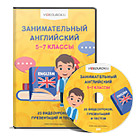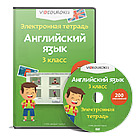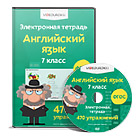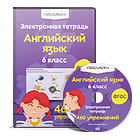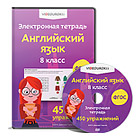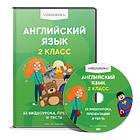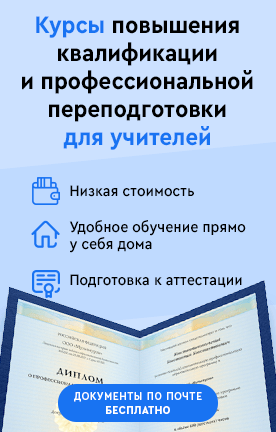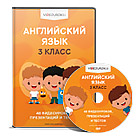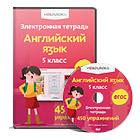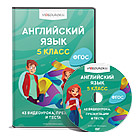Over 20 years ago, the research of Moll, Estrada, Diaz, and Lopes (1980) poignantly delineated the pain and frustration that English language learners struggling to learn English sometimes feel when taught in all-English settings. Students may fail to understand what the teacher is talking about, and may become frustrated when they have an idea but cannot adequately express their thoughts in English. Moll et al. found that teachers tended to correct pronunciation errors (e.g., seyd for “said”) or interrupt passage reading with attempts to define simple English words (e.g., “surprise”, “guess”), thereby breaking the flow of the story. Moll et al. decried “the deliberate, slow pace of lessons with students in the low reading groups” (p. 305), and the lack of intellectual challenge and conceptual development provided to them.
This focus on the details of accurate English language production makes the students appear less competent than they really are. When Moll et al. (1980) followed the same students into a Spanish reading lesson, they observed that the students, although considered “low ability” by their teacher, were able to answer comprehension questions correctly on grade-level material, to develop and expand on ideas in the stories, and to process more complex text. Further, the students could read texts usually reserved for “high-ability” students.
Yates and Ortiz (1991) found that many teachers view language minority children as simply low-performing native English-speaking children. This tendency has led many to merely adopt a watered-down curriculum, including reading material well below the students’ ability to comprehend. This recurrent problem denies language minority children access to the type of instructional material they need in order to make adequate academic progress. This curriculum mismatch, in all likelihood, is one reason for the extremely low academic performance levels of many English language learners.
According to Fradd (1987), teachers who work with English language learners often tend to use “brief utterances such as ‘What is this?’ or ‘What color is that?’” (p. 146). Students learn to reply in like form, in one- or two-word utterances. Not surprisingly, little curriculum content or social expectation is communicated in this type of verbal exchange. In classroom observations of English language learners, Ramírez (1992) noted the same phenomenon regardless of teachers’ or districts’ philosophy of bilingual education.
Создайте Ваш сайт учителя Курсы ПК и ППК Видеоуроки Олимпиады Вебинары для учителей
Problems in current Instruction
Вы уже знаете о суперспособностях современного учителя?
Тратить минимум сил на подготовку и проведение уроков.
Быстро и объективно проверять знания учащихся.
Сделать изучение нового материала максимально понятным.
Избавить себя от подбора заданий и их проверки после уроков.
Наладить дисциплину на своих уроках.
Получить возможность работать творчески.
Просмотр содержимого документа
«Problems in current Instruction»
Похожие файлы
Полезное для учителя
Распродажа видеоуроков!
1340 руб.
2240 руб.
1540 руб.
2570 руб.
1340 руб.
2240 руб.
1540 руб.
2570 руб.
Курсы ПК и ППК для учителей!
800 руб.
4000 руб.
800 руб.
4000 руб.
800 руб.
4000 руб.
800 руб.
4000 руб.
ПОЛУЧИТЕ СВИДЕТЕЛЬСТВО МГНОВЕННО
* Свидетельство о публикации выдается БЕСПЛАТНО, СРАЗУ же после добавления Вами Вашей работы на сайт
Удобный поиск материалов для учителей
Проверка свидетельства
